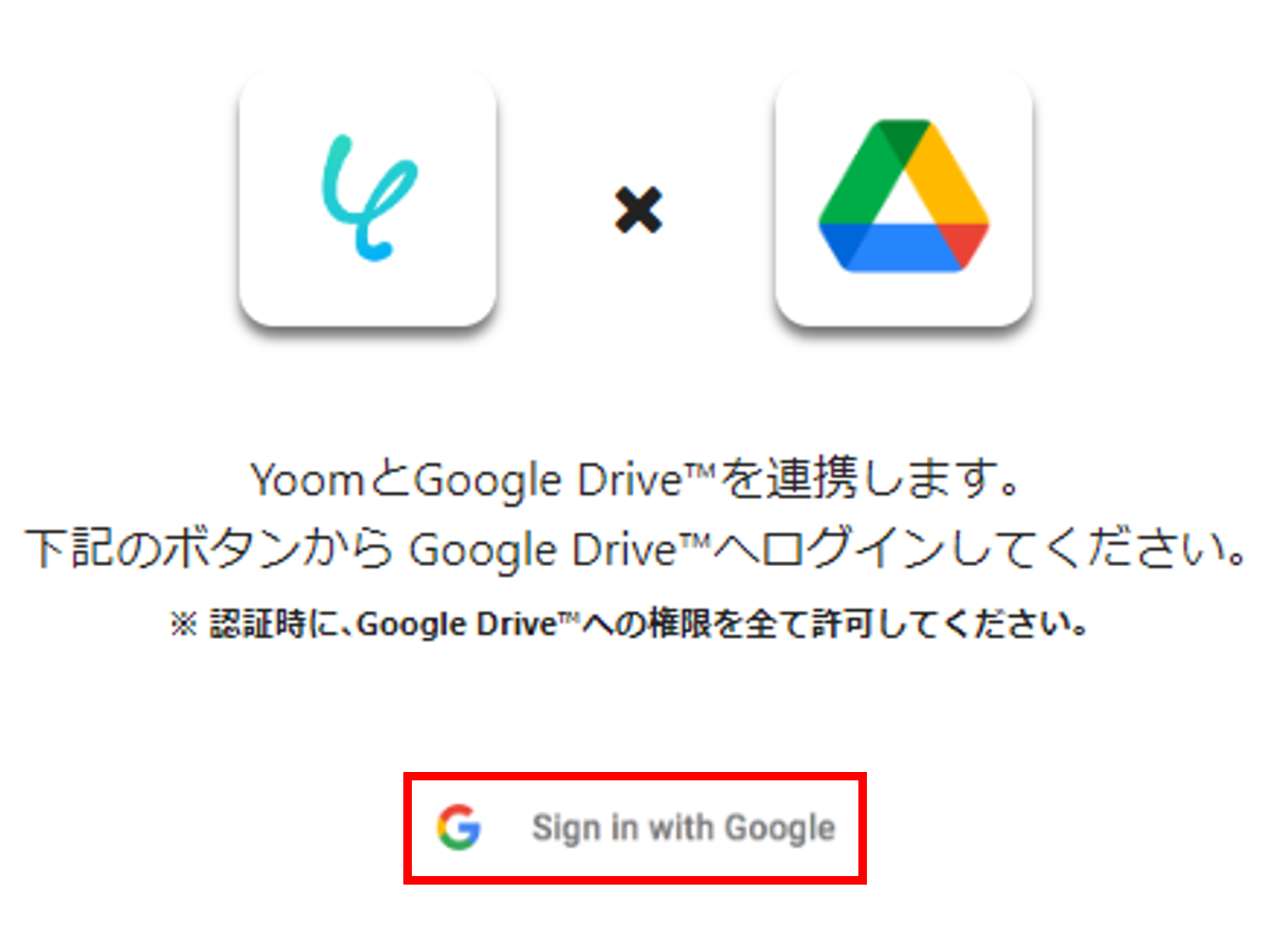[What is Yoom]
How to Create a Workflow Integrating Google Drive and Google Sheets
Traditional API integrations can be challenging for non-engineers, often requiring significant time for setup and troubleshooting.
That's when you should try Yoom!
Here, we introduce a workflow using Yoom to "read business cards uploaded to Google Drive with OCR and add them to Google Sheets".
Before You Start
If you don't have a Yoom account, please create one from the Yoom account creation page.
If you're new to Yoom, check out Getting Started with Yoom.
Step 1: My Apps Integration
Register your Google Drive and Google Sheets with My Apps!
(1) Log in to Yoom and click My Apps on the left side of the screen
(2) Click the +New Connection button displayed on the right side of the screen

How to Register Google Drive with My Apps
(1) Select Google Drive from the list of apps
(2) Click Sign in with Google

(3) Select and click the account you want to integrate from the account selection screen
(4) Verify the account information is correct on the login screen and click Next
(5) Click Continue on the "Yoom is requesting additional access to your Google Account" screen to complete the My Apps registration
How to Register Google Sheets with My Apps
(1) Select Google Sheets from the list of apps
(2) Click Sign in with Google

(3) Select and click the account you want to integrate from the account selection screen
(4) Verify the account information is correct on the login screen and click Next
(5) Click Continue on the "Yoom is requesting additional access to your Google Account" screen to complete the My Apps registration
After Completing My Apps Registration with Yoom
(1) Go to the following banner and click "Try this template"
※ This flow template includes an AI operation to "read text information from images and PDFs".
The features introduced here are available on the Team Plan and above.
For details, please check How to Set Up "Reading Text from Images and PDFs".































.avif)
.avif)
.avif)





